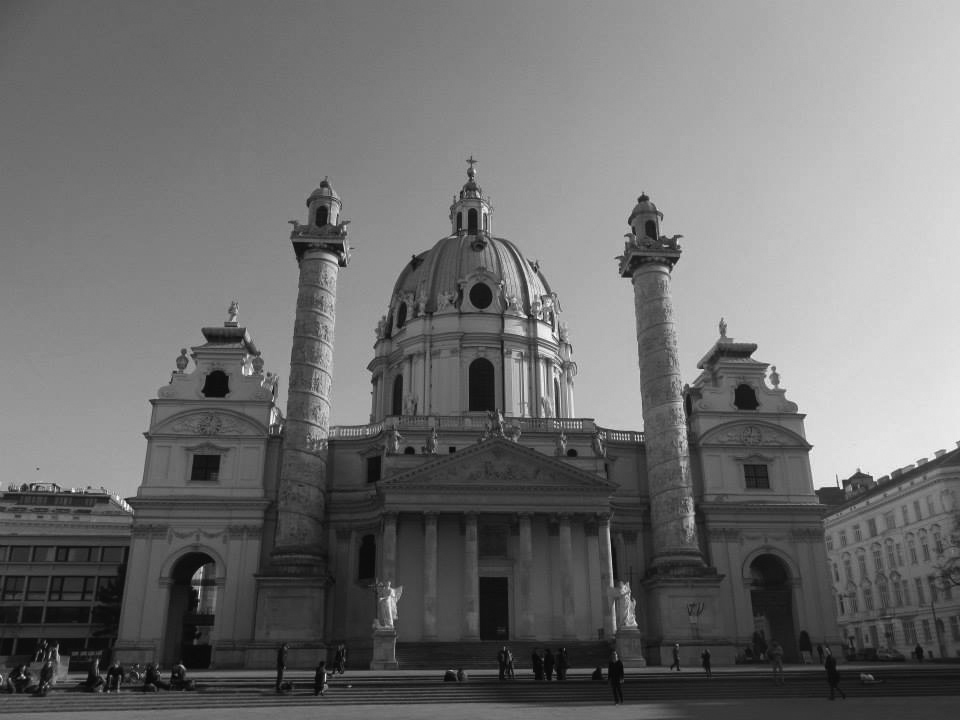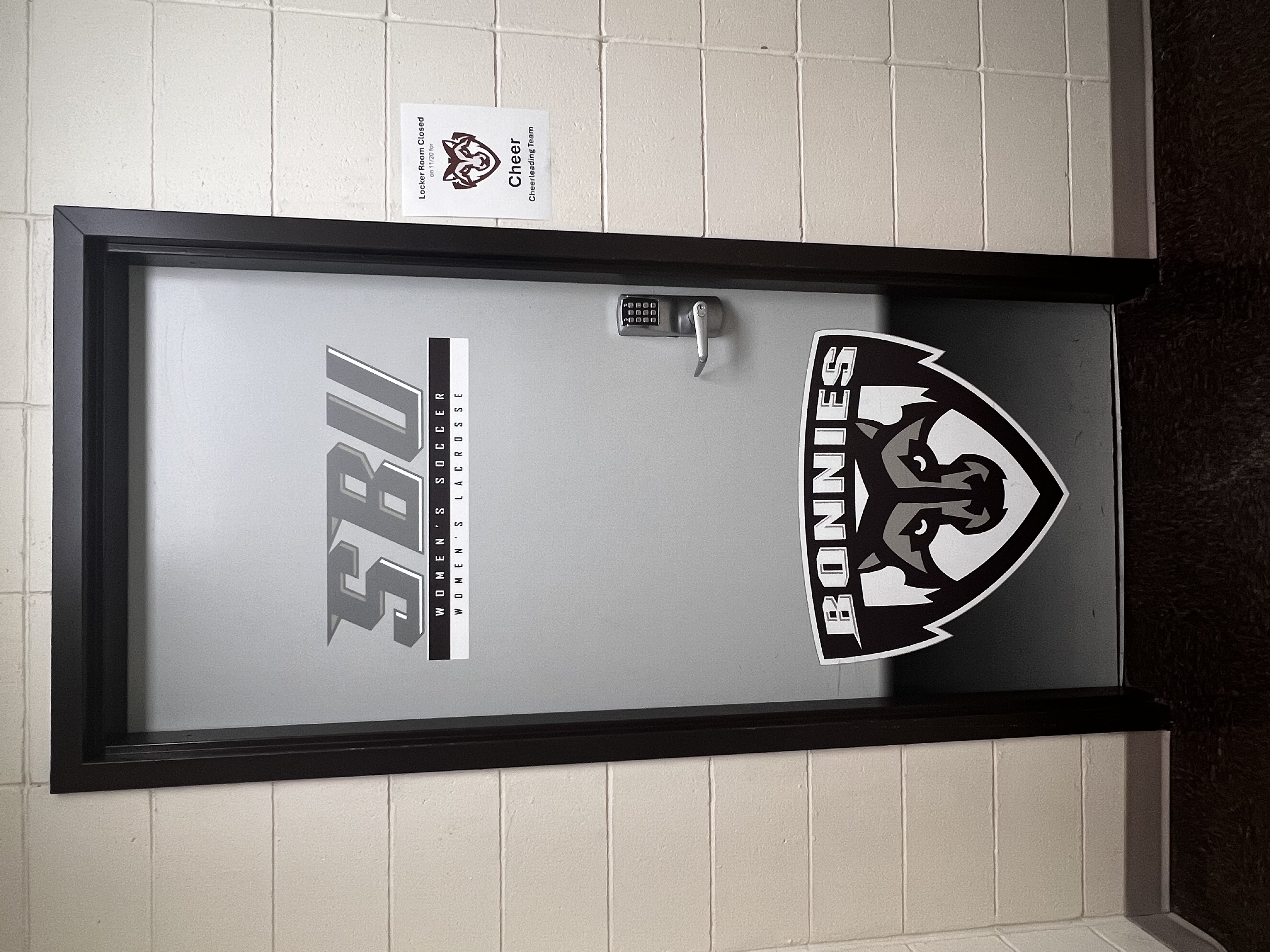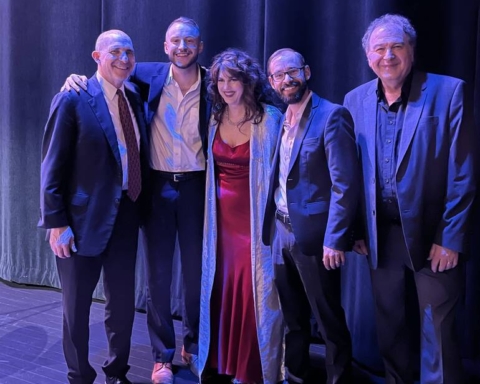By Harrison Leone
Czech Correspondent
I think I caught something in Berlin, something besides the lung-throttling cough that wakes my roommates up at 4 a.m. I think I’ve been infected with an incurable case of wanderlust, and the only treatment is travel. A self-prescribed trip to Vienna seemed to be an appropriate antidote.
Luckily, there are more than a dozen buses running from Prague to the Austrian capital every day, so finding a seat was not a challenge. The hostel, booked at the last minute, proved to be slightly more difficult to track down, but I did eventually find a place less than a mile – or kilometer, if you prefer – from Vienna’s Museum District.
The Museum District was home to some of the most spectacular buildings in Vienna. The massive National History Museum and the Kunthistorich Museum stood on either side of Maria-Theresa Plaza. The plaza was a work of art in itself, lined on either side with perfectly sculpted topiary surrounding a statue depicting the great Austrian Queen Maria-Theresa herself.
Past the plaza was Vienna’s most impressive building, the Hofbrau. The summer palace of the Austrian Royal Family, the Hofbrau is a dazzling piece of architectural achievement. It looked more like a work of art than a functional building. The building is a concave semi-circle supported the whole way around by a series of glistening marble columns and topped in the center with a gold soaring eagle. Statues, some more than twice actual size, lined the roof at perfectly symmetrical intervals.
The view from the palace steps was nearly as impressive as the building itself. The old City Hall, the Volksgarten (which was unfortunately closed due to recent storm damage) and the Austrian Parliament were all in sight. Once the overcast weather that followed me from Prague finally broke, these buildings looked certifiably picturesque against the cloudless Austrian sky. The Parliament building was remarkably similar in style to the Lincoln Memorial and, except for the German engravings along the walls, could have been right out of Washington, D.C.
One of my favorite things about Prague, as I have written before, is the wide variety of architectural styles you can see on even one city block. In Vienna, there was much less of this diversity. The Viennese compensated for this uniformity by going to beautiful extremes in the Baroque architecture covering their city. Besides the Hofbrau and the two national museums, with their amazingly elaborate exteriors, the Karlskirche was one of the most impressive Baroque structures I’ve seen. The dome of the church had weathered and aged into a sea-foam green which made the gleaming marble statues stand out all the more.
Before I give the impression that Vienna is a static, unchanging city stuck in the Golden Age of the 18th century, it should be said that there are plenty attractions for people who don’t get their kicks from architecture.
One of these attractions is the Naschmarket, a massive array of international food stands plopped in the middle of the city. Exotic cuisine from all over the world can be found here, making it a paradise for any culinary enthusiast. Interested in Middle Eastern food? Try the roasted lamb on pita or the strange and delicious Turkish honey. Have a craving for fresh seafood? Every other stand at the Naschmarket has fresh cuts of salmon, cod or octopus.
Any trip to Vienna would be woefully incomplete without trying one of their famed cafes, which are as good as advertised. The coffee was the strongest I’ve ever tasted, loaded with caffeine and blacker than the night. The pastries were so good I had to stop eating my croissant halfway through to fully process how delicious it really was. Vienna has taken an early lead in the competition for the best food in Europe.
Vienna is a city with an obvious sense of pride and grandeur. This imperial dignity can be seen walking along any street and felt at any one of the dozens of monuments. For lovers of the past and present alike, the Austrian capital is a sincere delight.
leonehj11@bonaventure.edu







